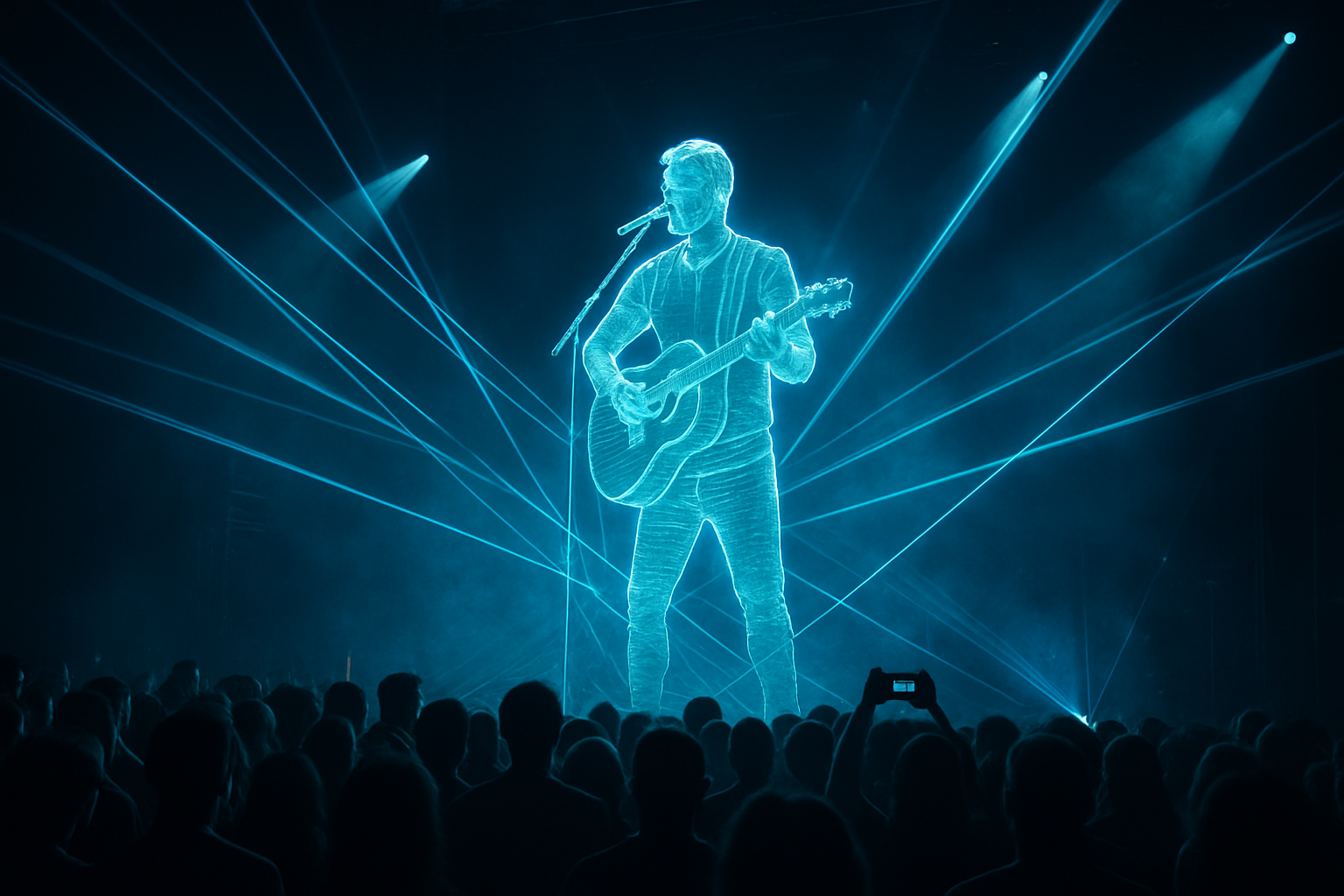Holographic Concerts: The Future of Live Music Experience
In an era where technology continues to redefine entertainment, holographic concerts have emerged as a groundbreaking fusion of music and visual spectacle. This cutting-edge phenomenon is revolutionizing the live music industry, offering audiences an immersive experience that blurs the lines between reality and digital artistry. As holographic performances gain traction worldwide, they're not just reshaping how we consume music but also challenging our perceptions of presence, performance, and posthumous tributes.

Technological Marvels Behind the Magic
The creation of a holographic concert involves a complex interplay of advanced technologies. At its core, the process utilizes high-definition video projections, motion capture, and sophisticated lighting techniques. Pepper’s ghost, an illusion technique dating back to the 19th century, is often employed to create the three-dimensional effect. Modern advancements in laser technology and real-time rendering have further enhanced the realism and interactivity of these digital performers.
Living Artists Embracing the Digital Stage
While holographic concerts initially gained notoriety for posthumous performances, living artists are now exploring this technology to expand their reach. Musicians can now perform in multiple venues simultaneously or offer intimate shows to fans in remote locations. This digital presence allows for elaborate stage designs and effects that would be impossible in traditional live settings, pushing the boundaries of creative expression.
The Economic Impact on the Music Industry
Holographic concerts are reshaping the economics of live music. For promoters, the ability to stage shows without the physical presence of the artist reduces logistical challenges and costs associated with touring. This technology also opens up new revenue streams for artists, allowing them to monetize their image and performances long after they’ve stopped touring or even passed away. However, this raises questions about artist consent and the potential exploitation of their likeness.
Ethical Considerations and Fan Reception
As holographic concerts become more prevalent, they’ve sparked debates about authenticity and the nature of live performance. Critics argue that these digital shows lack the spontaneity and human connection of traditional concerts. There are also ethical concerns about using the images of deceased artists without their explicit consent. Fans, however, have shown a mix of enthusiasm and skepticism, with many appreciating the opportunity to experience performances they might otherwise never see.
The Future of Holographic Entertainment
The potential applications of holographic technology extend far beyond music concerts. We’re seeing its integration into theater productions, educational settings, and even political campaigns. As the technology continues to evolve, we can expect more interactive and personalized holographic experiences. The line between physical and digital performances will likely become increasingly blurred, offering new possibilities for artistic expression and audience engagement.
In conclusion, holographic concerts represent a fascinating convergence of art, technology, and entertainment. As this medium matures, it promises to redefine our understanding of live performance and challenge our notions of presence and authenticity. While questions remain about its long-term impact on the music industry and the ethics of digital resurrection, one thing is clear: holographic concerts are carving out a significant niche in the future of live entertainment. As audiences and artists alike continue to explore this new frontier, we stand on the brink of a new era in musical experience – one where the boundaries of time, space, and reality are constantly being pushed and redefined.





